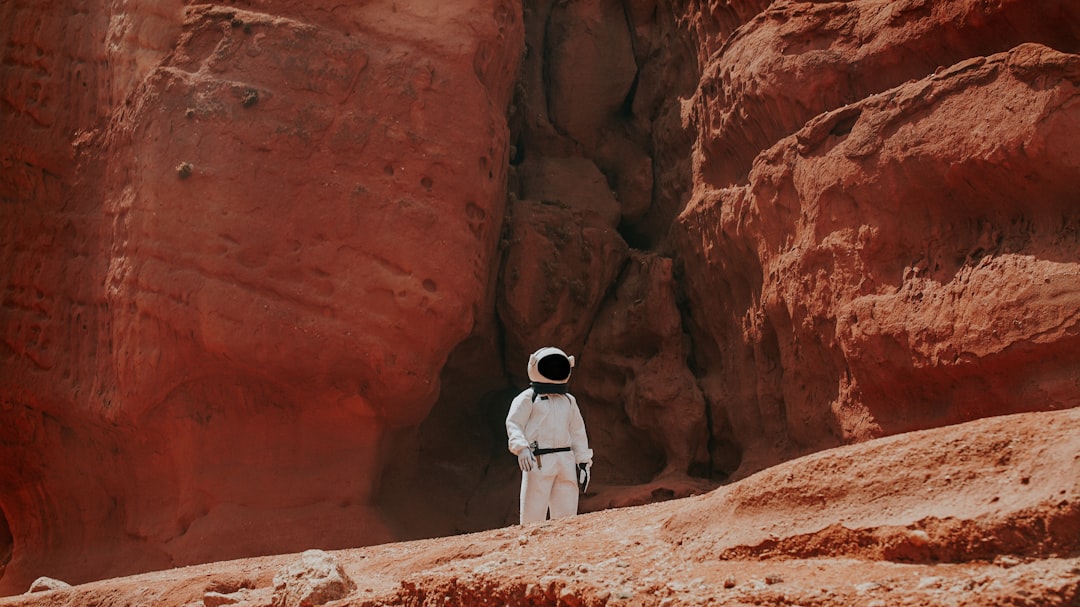In reality, by 2001, we were still just orbiting the Earth and sending out unmanned probes throughout the solar system. It has been 32 years since the moon landing with no clear picture of how or when we would go back, or beyond. Now in 2020, there is a plan taking shape to not only return to the moon, but to land people on Mars by 2035.
Mars Mission 2035
While the 1969 moon landing was done with computers less powerful than a modern smartwatch, the future of extraterrestrial landings will rely heavily on AI. Evolving for years in spaceflight, the most recent and clear evidence of advancement is SpaceX’s Falcon series of rockets that land on their own. This ability to use AI to continually adjust direction and thrust to land unmanned rockets on both terrestrial and floating landing pads may just be the lynchpin to safely land humans on the surface of Mars.
Previous landings on Mars have included dropping rovers in giant air bags and an engineering feat called the SkyCrane to insert the largest rover onto the surface. Both methods only offer a one-way trip, but if we are going to send people to Mars, we will need a plan to bring them home again. This is where AI-controlled touchdown and lift-off become key.
Traveling Through Space
By relying on AI, propulsion systems can be optimized to carry enough fuel to land and re-launch all while accounting for the right balance of weight required to succeed on the mission. Beyond just controlling propulsion and flight, AI will be critical for the mission to help control other systems as well.
By monitoring and learning the habits and living patterns of the astronauts on the mission, the on-board computer can optimize air handling, temperature, water recycling, and food storage as supply-and-demand of these critical commodities fluctuate throughout the journey.
Living On Mars
Once on Mars, AI will be critical to ensuring a successful mission. Relying on humans to analyze massive amounts of data points on land surveys, seismic data, wind patterns, and analysis of samples would take months, if not years.
The task will be implementing AI that already helps analogous companies here on Earth with similar ventures like locating ideal drilling for oil or identifying flaws for a building site. On Mars, analyses of data will allow the first people on the planet to quickly find the best place to set up their habitat, start taking soil samples, place solar panels, or find a Martian source of water to keep the pioneers sustained without having to rely on the longest supply line in human history.
As we move into the future, 2035 isn’t so far away, and every day, we experience new breakthroughs with AI. By the time the Mars Mission takes shape, it’s conceivable that a real-life version of HAL will launch with the mission, too.

